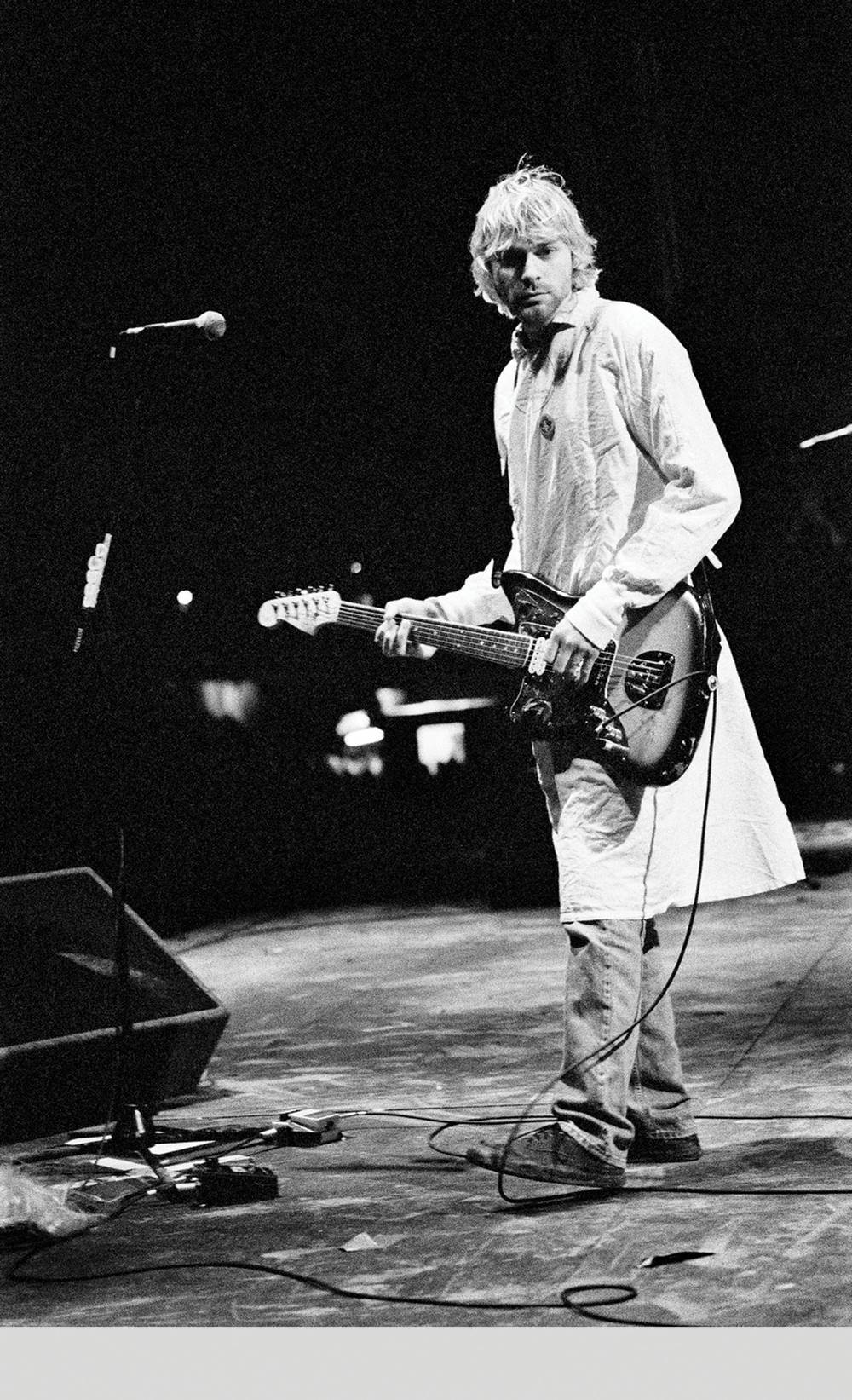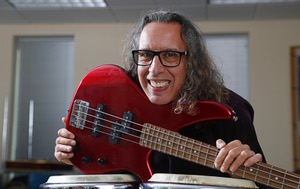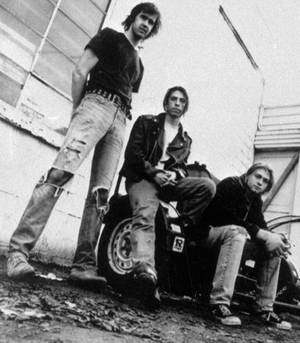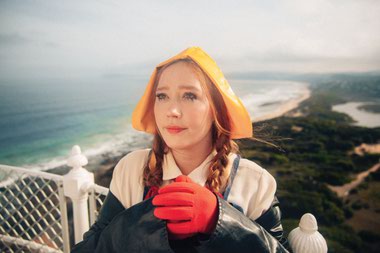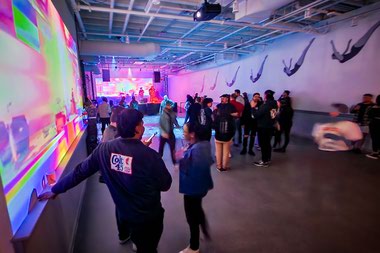Next month, 20 years after Kurt Cobain killed himself above the garage of his Seattle home, Nirvana will be inducted into the Rock and Hall of Fame. Before a crowd of rock royalty, we’ll hear the requisite speeches about the grunge revolution, generational anthems and, yes, flannel.
What’s difficult to grasp now, however, isn’t how Cobain forever changed the musical and cultural landscape, but how Nirvana ever happened in the first place. About a year into his career, Cobain had already had enough. The fledgling frontman had an onstage meltdown during a 1989 show in Rome, smashing his only guitar and climbing a tall column of speakers. Egged on by a raucous crowd of Italian youth, he threatened to jump. After security talked him down, he declared Nirvana was breaking up.
Pictures of that night and its aftermath—featured in Experiencing Nirvana, a photo journal of the band’s first European tour by Sub Pop records co-founder Bruce Pavitt—capture a world-weary Cobain. One shot shows the 22-year-old slumped on a stone slab, eyes closed, head buried in hand. It’s a chilling presage to a songbook that now reads like a dark prophecy, punctuated with lyrics about suicide, guns and death.
More than anything, it was Cobain’s tortured relationship with fame that shaped much of his legacy. Speaking for many baby boomers, my parents called him “The Whiner.” What they didn’t know was that just before the release of Nirvana’s 1991 masterpiece Nevermind, Cobain was so broke that he had to pawn his amplifier. Four months later, Nirvana was the world’s first triple-platinum punk-rock band, replacing Michael Jackson atop the Billboard charts.
Heady stuff for a few guys from a depressed logging town in rural Washington. “Everyone was eventually going to become a logger,” Cobain told Rolling Stone in 1992, “and I knew I wanted to do something different.”
How they handled overnight success was as important as the music itself. Shy and remarkably frail, Cobain was a geek who despised the macho, sexist cult of modern rock, so he set about turning it on its slick, polished head. He was the anti-Axl: bad skin, shredded jeans, thrift-store cardigans and ratty hair. A passionate gay-rights advocate, he kissed bassist Krist Novoselic on the lips during Saturday Night Live and wore a gown to MTV’s Headbangers Ball—pretty edgy moves in the Reagan-Bush era. If any of his new fans failed to get the message, he spelled it out for them in the liner notes to 1992 outtakes collection Incesticide: “If any of you in any way hate homosexuals, people of different color, or women, leave us the f*ck alone.”
Cobain also used his celebrity as a platform to plug the indie bands that had inspired him and paved the way for Nirvana. In the pre-Internet age, he was our Pandora. The Raincoats, The Vaselines, Beat Happening, The Wipers, Daniel Johnston. Without Cobain, how many millennials would have ever listened to Flipper?
For Nirvana’s Unplugged performance, not only did he refuse to play the band’s biggest hits, he insisted on filling nearly half the setlist with covers and performing with an obscure band called the Meat Puppets.
As for the music, Cobain’s lyrics were largely secondary, a free association jumble sometimes written minutes before being recorded. (“What the hell am I trying to say,” he sings in “On a Plain,” a song that’s in part about the challenge of writing lyrics.) It was the sandpaper howl, abrasive sarcasm and corrosive volume that gave voice to generations of disaffected youth. Whitney Houston and Color Me Badd suddenly gave way to Soundgarden and The Jesus Lizard.
And then, with a shotgun blast, it was over. I got the news in a phone call from a friend, and even at 13, I can say I wasn’t too surprised. Cobain had been screaming his plans for years.
